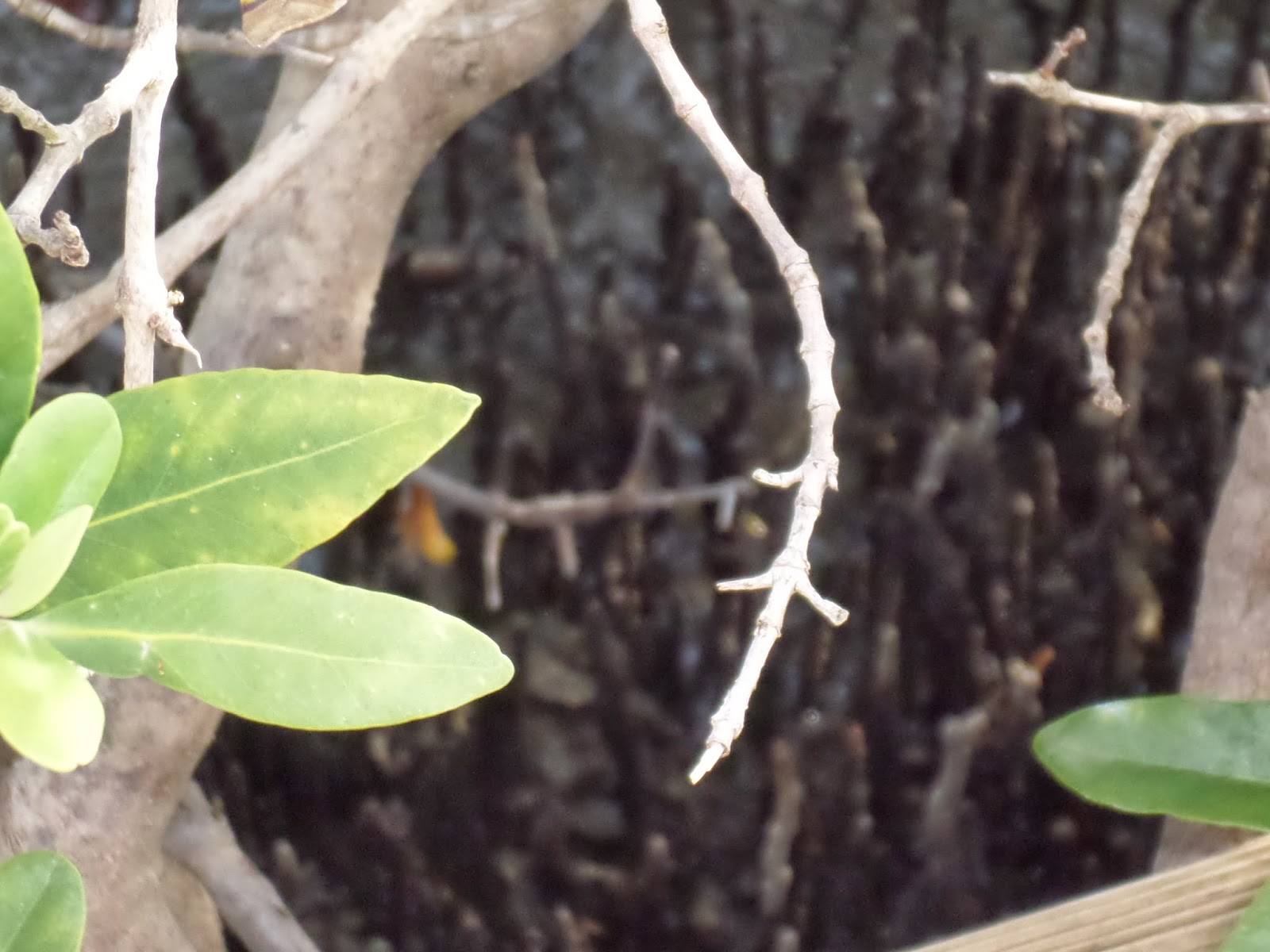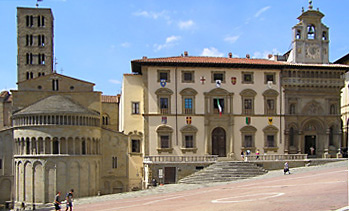Although mangroves grow in many coastal area (i.e. Philippines, Cambodia, Vietnam, India), I recently
learned about the especially severe plight of that plant in Florida. My house is at the end of a cul-de-sac, and I can see the glittering, dark green waters every day from my bedroom window. On the street, my house is the only one with a surviving mangrove on the water; the rest
have been chopped down because they “obstruct the view” and for further commercial development.


Mangroves are essential to the aquatic environment because they are hotspots of biodiversity, prevent sand from eroding, and help cycle nutrients through the environment. They also serve as buffers against storms (especially in South Florida), and decrease the turbidity of the salt water. The type of Mangrove in my backyard is a Black Mangrove, characterized by sharp, twig-like projections from the ground and leaves that are dark green on top and pale green on the bottom. Other types native to Florida include the White and Red Mangrove, the Red type (characterized by oval leaves and arched roots that seem to be “walking”) being the most common. White Mangroves have light green or yellow leaves and an underground (not protruding) root system. Unfortunately, these valuable species are declining rapidly locally; according to the Florida Department of Environmental Protection, “Over the past 100 years, Florida has lost over 44 percent of its coastal wetlands acreage; this includes both mangroves and salt marshes.” This disheartens me greatly because I have a family of Blue Herons nesting in the shady undergrowth of my mangrove.
Worldwide, 20% of mangroves have been destroyed since 1980; this has led to increased erosion and a decrease in the aesthetic value of an area. The mangroves and their plight are controversial, especially in Florida, and several groups (i.e. Mangrove Action Group) have sprung up in efforts to protect the dwindling marvels. Although urban development is largest cause for the eradication of mangroves, other factors such as oil drilling, dredging, and global increases in water temperature have also impacted them negatively. However, there are hopeful measures in Florida that are seeking to protect and actively promote the growth of mangroves. The 1996 Mangrove Trimming and Preservation Act (403.9321 - 403.9333 F.S.) prevents mangrove homeowners from cutting down or damaging their existing mangroves, and the height of each plant has to be at least six feet. Government inspectors even come to Florida houses intermittently to check on the height of homeowner mangroves! Although these regulations are helpful, many mangroves have already been cut down prior to 1996. I think that planting more colonies of mangroves will improve not only the quality of the surrounding environment, but will also encourage the reestablishment of many native species of shellfish and birds in Florida.

Sources:
AP Environmental Textbook





